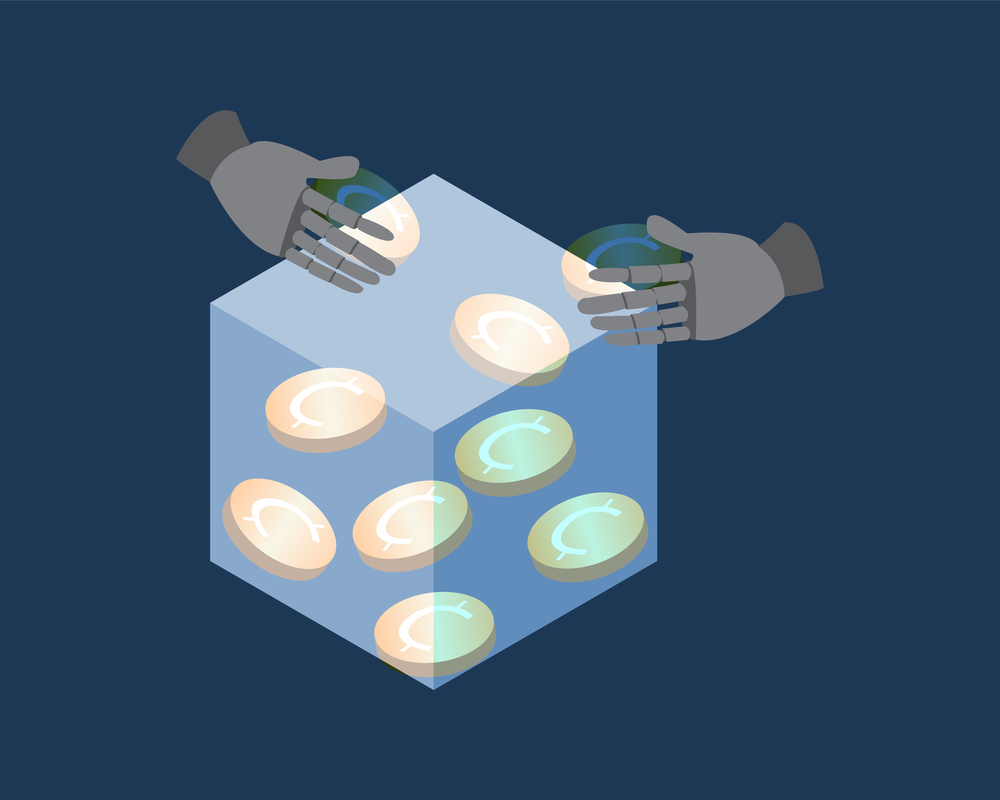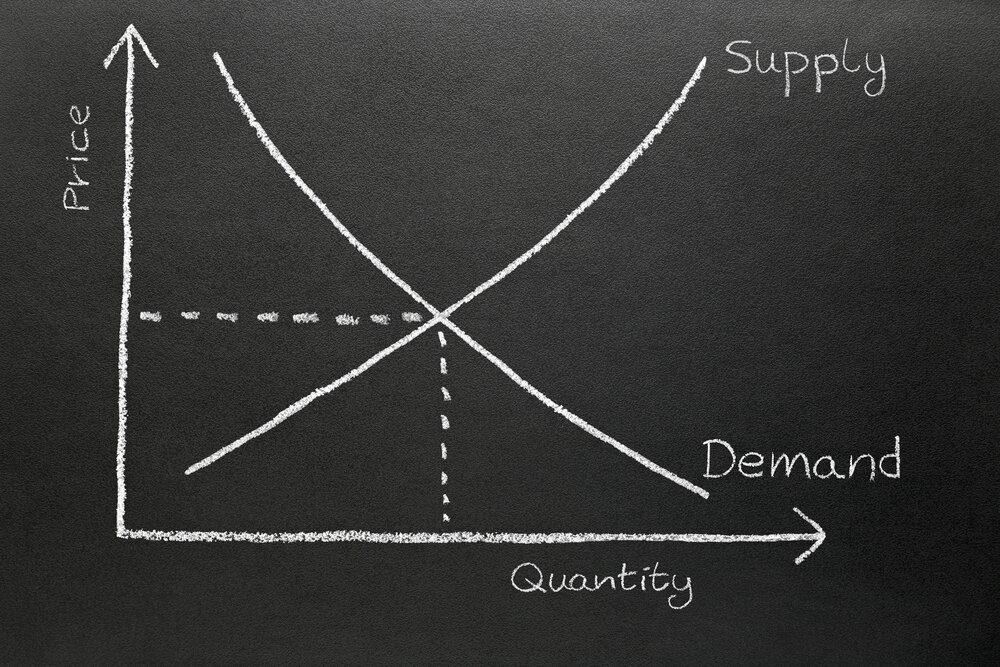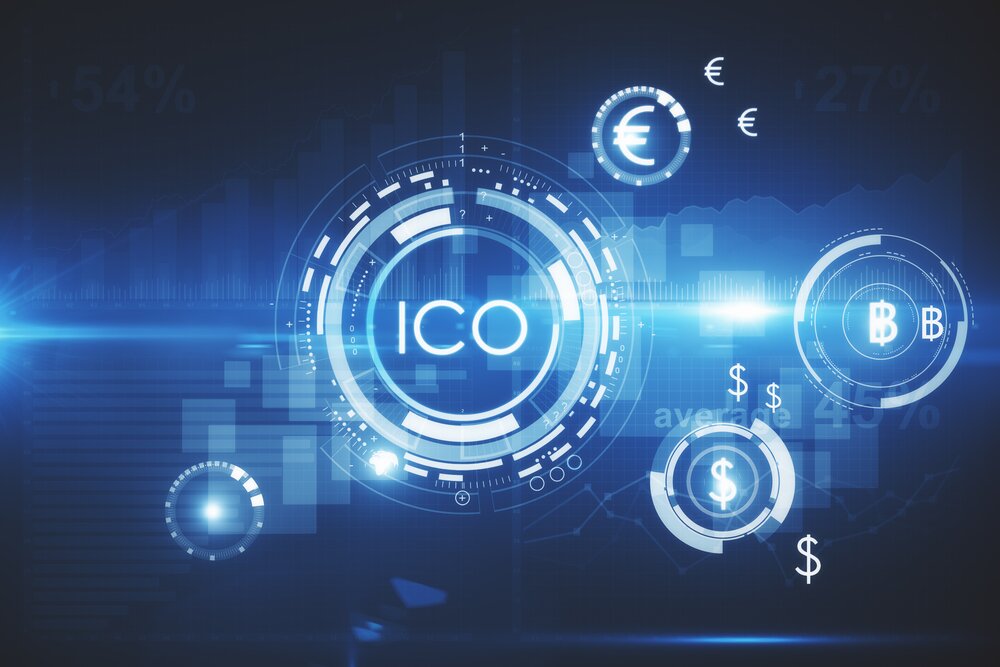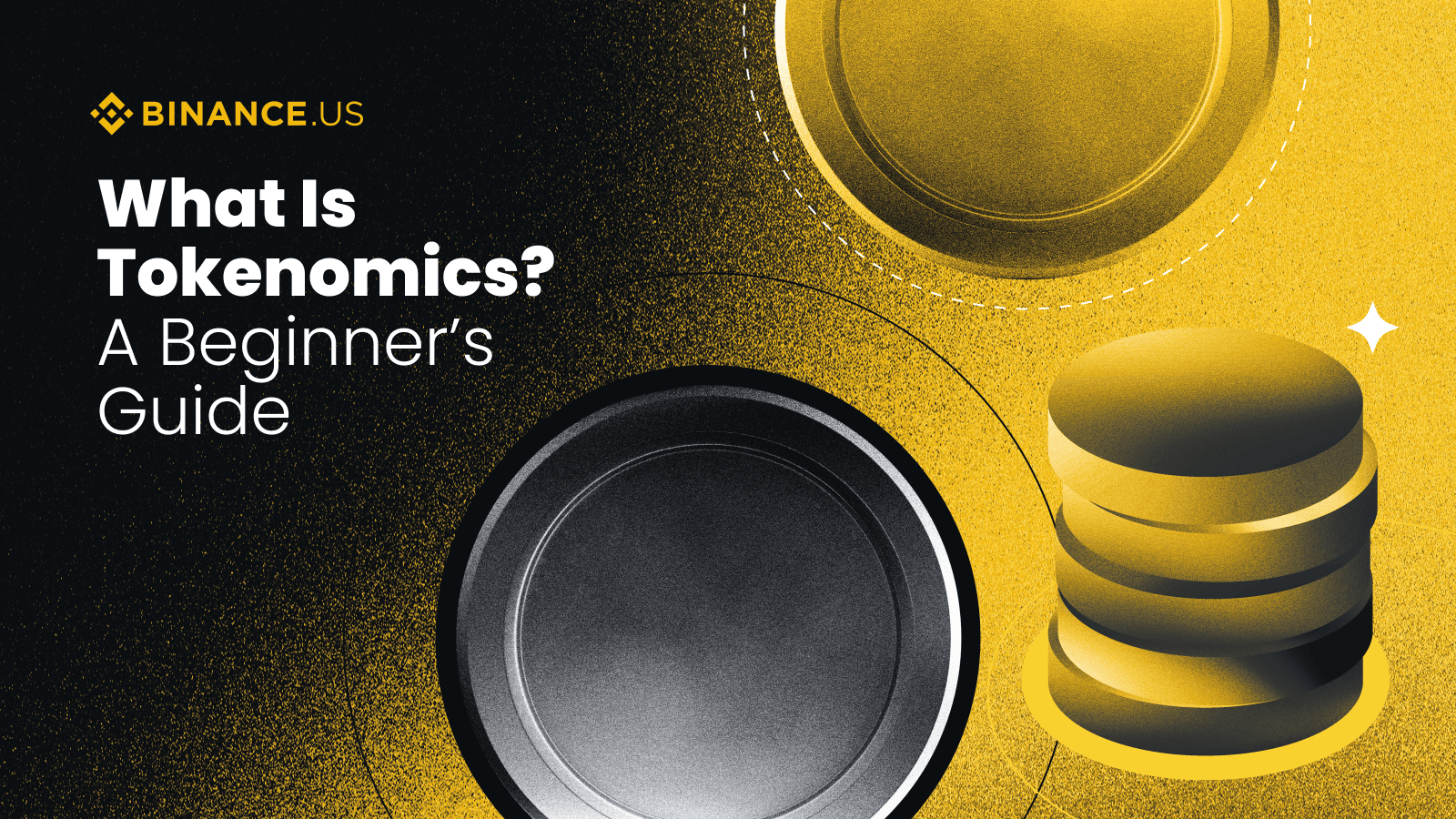Tokenomics underpins a token’s value and is a key factor in evaluating a cryptocurrency.
When evaluating cryptocurrency, a useful first step is to understand a digital coin’s tokenomics. A portmanteau of “token” and “economics,” tokenomics refers to a token’s fundamental characteristics and how they may impact a token’s market value.
In this article, we will dive into the key features of tokenomics so that you can make informed decisions when considering opportunities in cryptocurrency.
Table of contents

What is tokenomics?
Before diving into tokenomics, let’s start with the basics.
Token
A token is a unit of digital currency that is created and exchanged on a blockchain. In essence, it’s a private currency unique to a particular project. Examples include bitcoin, ether, stablecoins like USDC, and BNB.
In tokenomics, “token” refers to both coins and tokens.
Economics
Economics is the study of scarcity, how people use resources, and what inventive systems exist. Unlike the government-issued money system, which has the flexibility to print money if needed, in cryptocurrency, the rules of creation and distribution are often set ahead of time algorithmically.
Although these rules can be altered, it is hard to do so.
Tokenomics
Think of tokenomics as a monetary policy that’s unique to each token. The token asset issuer will set an initial set of incentives, and token holders may participate in setting rules that govern the token, such as those regarding product development and design, network updates, and supply.
The rules of tokenomics are most often embedded in code and are, therefore, transparent to all buyers or potential buyers of a cryptocurrency. This can make them more predictable than monetary policies underlying fiat currencies.
Who decides on tokenomics?
Generally, the initial tokenomics is determined by the token project’s asset issuer. However, over time, holders of the token can change the tokenomics if the token grants governance rights to token holders.

Why tokenomics is important
Tokenomics is important because the rules that encourage traders to participate in different tokens increase its liquidity and circulating supply.
Therefore, if you are considering cryptocurrency in your portfolio, you should look closely at how the token operates and what incentives and rights token holders have before taking any more steps.

Think about a video game. If there’s an in-game currency that you can use in a lot of different ways and that rewards you, you’re more apt to use it. If you like it so much, others probably will too, and there will be more users of the game. It becomes more valuable.
However, if you’re racking up in-game currency but there’s no way to use or spend it, you’re likely to stop playing. Then, the value of the game would drop as people lose interest.
Key features of tokenomics

Supply
The first key feature of a crypto’s tokenomics is supply. There are three elements to supply: the maximum supply, total supply, and circulating supply.
Maximum supply is the total number of tokens over the lifetime of the project. For example, the tokenomics of Bitcoin set the maximum supply to be 21 million. And BNB has a total supply of 200 million.
Whereas some currencies like Bitcoin and BNB have a fixed maximum supply, others do not. For instance, stablecoins such as USDC have an unlimited supply, as each new coin is “backed” by holders’ reserves.
Total supply is the total number of tokens that are circulating plus those that have been mined but have not been distributed. The circulating supply is the number of tokens available for trading in the market at a given time.
Once circulating, the initial supply can change. It can increase through various activities including miners’ and validators’ rewards. Supply can also decrease due to token burning, which is permanently pulling tokens out of circulation.
Circulating supply is used to calculate a token’s current market capitalization, arrived at by multiplying the circulating supply by the price per token. A high market cap and low circulating supply may indicate that a coin could become more valuable.

Distribution, allocation, and vesting
Once you know what sort of supply you’re looking at, the next thing is to see how those tokens are being distributed.
Did the founding team divvy the tokens up amongst departments like marketing and finance? Are they being released to the public all at the same time in what’s sometimes called a fair launch? Have tokens been pre-allocated to founders, developers, or others? Who currently holds existing tokens?
Many times, when tokens are issued to project’s founding team, advisors, and other initial core contributors, they come with a vesting period. Vesting means that the tokens will be locked for a time period before distribution. Vesting ensures that tokens are appropriately allocated for different purposes and to incentivize long-term development of the project.
Utility
Utility refers to the use cases for the token: what users can do with the token in the blockchain ecosystem. For instance, BNB can be used in a range of ways, including powering the BNB Chain, paying transaction fees, purchasing goods and services, and staking.
Other tokens, called governance tokens, set voting rights. These allow holders to vote on how the project will be run, giving holders of these tokens a hand in the company’s important decisions and direction.

Consensus mechanism
The consensus mechanism is the way in which the blockchain creates new tokens or coins. There are many different types of consensus mechanisms. Proof of Work and Proof of Stake are two popular types, used by Bitcoin and Ethereum, respectively.
As validation through consensus is needed in order to support the token, the economics around the consensus mechanism is an important part of tokenomics.
Rewards
Rewards are offered to encourage traders to participate in a project, and are generally paid out in the project’s native token.
Minting and Burning
As we mentioned earlier, periodically, some projects will mint and burn tokens.
Token minting involves the creation of new tokens through a smart contract, with each token representing a specific asset or utility on the blockchain network. Once minted, these tokens can be traded or used as a means of exchange within the network.
Burning refers to the act of taking the token out of the ecosystem permanently. When a token is burned, it’s sent to an inaccessible wallet or “burn wallet”. Many protocols have scheduled burns as part of their protocol. Under the principle of supply and demand, reducing the supply of the token should raise the value of the remaining tokens in circulation.
Evaluating crypto with tokenomics in mind

Looking at the tokenomics behind a cryptocurrency is useful when you are considering whether to add it to your portfolio. Even if you determine that an opportunity has good tokenomics, you may still want to do more diligence.
Studying a project’s white paper, researching the team, understanding the project’s roadmap, and taking a look at the token’s growth in daily active users are other smart steps when considering participating in a token.
Knowledge is power. Binance.US can help you understand the mechanics of cryptocurrencies so that you can make smart decisions in the crypto space. And when you’re ready, we can help you buy, sell, and trade over 150 cryptocurrencies.
Download the Binance.US app to trade on the go: iOS | Android
Disclaimer: This material has been prepared for general informational purposes only and should NOT be: (1) considered an individualized recommendation, endorsement, or offer of any digital asset or services discussed herein; and (2) relied upon for any investment activities. The opinions and views expressed in any Binance.US blog article are solely those of the author(s) and do not reflect the opinions of Binance.US or its management. All information is provided on an as-is basis and is subject to change without notice. We make no representation or warranty of any kind, express or implied, regarding the accuracy, validity, reliability, availability, or completeness of any such information. Binance.US does NOT provide investment, legal, or tax advice in any manner or form. The ownership of any investment decision(s) exclusively vests with you after analyzing all possible risk factors and by exercising your own independent discretion. Binance.US shall not be liable for any consequences thereof.
Risk warning: Buying, selling, and holding cryptocurrencies are activities that are subject to high market risk. The volatile and unpredictable nature of the price of cryptocurrencies may result in a significant loss. Binance.US is not responsible for any loss that you may incur from price fluctuations when you buy, sell, or hold cryptocurrencies. Please refer to our Terms of Use for more information.


